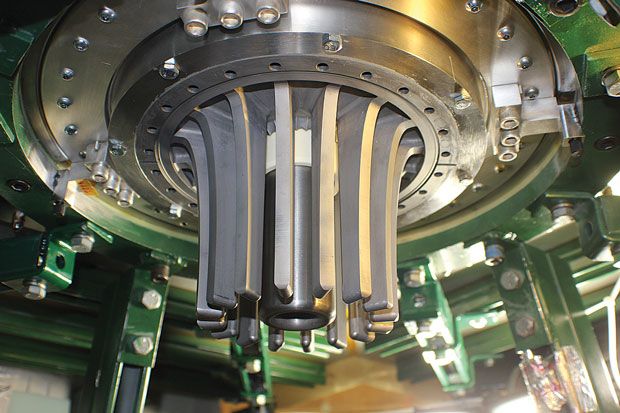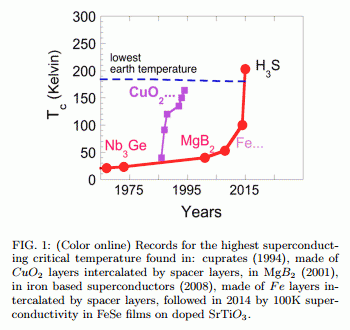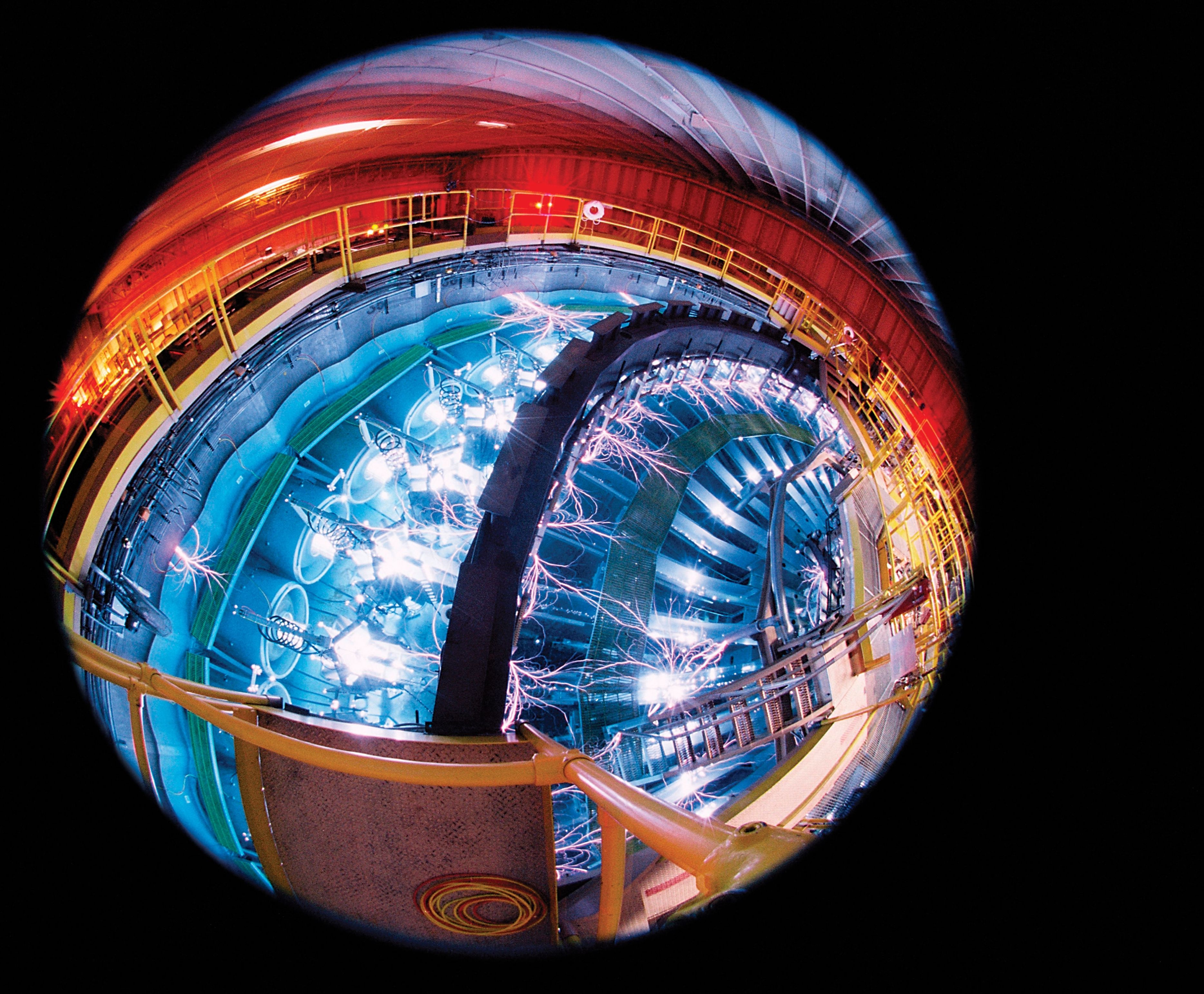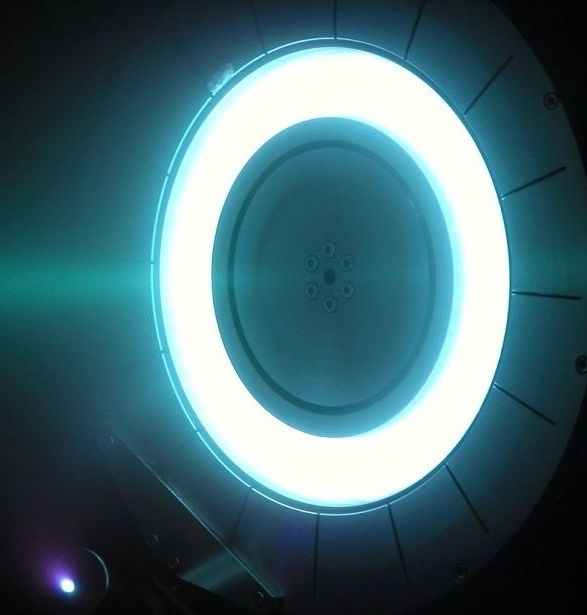Archive for the ‘physics’ category: Page 305
Nov 17, 2015
Are there More Stars in the Universe than Grains of Sand on Earth?
Posted by Shailesh Prasad in categories: neuroscience, physics, space
It may hurt your brain to think about it, but it appears that the answer is possibly to be yes, or at least the numbers are almost in the same ballpark.
Astrophysicists in fact set out to answer this question about a decade ago. It’s a complicated problem to solve, but it’s somewhat easier if you throw in a couple of qualifiers — that we are talking about stars in the observable universe; and grains of sand on the whole planet, not just the seashores.
The researchers started by calculating the luminosity density of a section of the cosmos — this is a calculation of how much light is in that space. They then utilized this calculation to guess the number of stars needed to make that amount of light. This was quite a mathematical challenge!
Continue reading “Are there More Stars in the Universe than Grains of Sand on Earth?” »
Nov 16, 2015
An AI Program in Japan Just Passed a College Entrance Exam
Posted by Shailesh Prasad in categories: mathematics, physics, robotics/AI
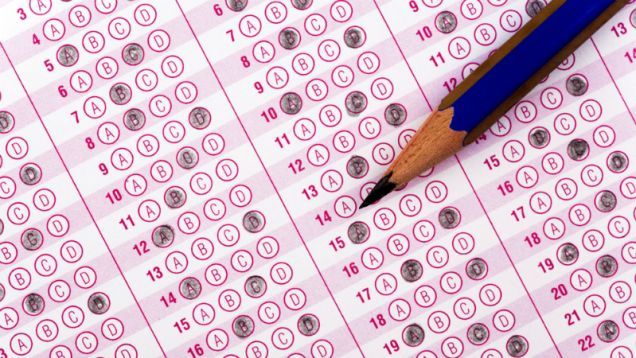
An artificial intelligence program received such high scores on a standardized test that it’d have an 80% chance of getting into a Japanese university.
The Wall Street Journal reports that the program, developed by Japan’s National Institute of Informatics, took a multi-subject college entrance exam and passed with an above-average score of 511 points out of a possible 950. (The national average is 416.) With scores like that, it has an 8 out of 10 chance of being admitted to 441 private institutions in Japan, and 33 national ones.
Continue reading “An AI Program in Japan Just Passed a College Entrance Exam” »
Nov 15, 2015
Leading Harvard physicist has a radical new theory for why humans exist
Posted by Andreas Matt in categories: biotech/medical, physics
Where do we come from? There are many right answers to this question, and the one you get often depends on who you ask.
For example, an astrophysicist might say that the chemical components of our bodies were first forged in the nuclear fires of stars.
On the other hand, an evolutionary biologist might look at the similarities between our DNA and that of other primates’ and conclude we evolved from apes.
Nov 13, 2015
Mysteriously quiet space baffles researchers
Posted by Andreas Matt in categories: cosmology, physics

Astrophysicists have concluded the yet most precise search for the gravitational wave background created by supermassive black hole mergers. But the expected signal isn’t there.
Last month, Lawrence Krauss rumored that the newly updated gravitational wave detector LIGO had seen its first signal. The news spread quickly – and was shot down almost as quickly. The new detector still had to be calibrated, a member of the collaboration explained, and a week later it emerged that the signal was probably a test run.
Nov 10, 2015
Next Big Future: Superconducting at −70 degrees celsius seems to be accepted
Posted by Andreas Matt in categories: chemistry, materials, physics
The world of superconductivity is in uproar. Last year, Mikhail Eremets and a couple of pals from the Max Planck Institute for Chemistry in Mainz, Germany, made the extraordinary claim that they had seen hydrogen sulphide superconducting at −70 °C. That’s some 20 degrees hotter than any other material—a huge increase over the current record.
Eremets and co have worked hard to conjure up the final pieces of conclusive evidence. A few weeks ago, their paper was finally published in the peer reviewed journal Nature, giving it the rubber stamp of respectability that mainstream physics requires. Suddenly, superconductivity is back in the headlines.
Today, Antonio Bianconi and Thomas Jarlborg at the Rome International Center for Materials Science Superstripes in Italy provide a review of this exciting field. These guys give an overview of Eremet and co’s discovery and a treatment of the theoretical work that attempts to explain it.
Nov 8, 2015
Inside The Z Machine, Where Scientists Turned Hydrogen Into Metal
Posted by Dan Kummer in category: physics
Nov 5, 2015
Why NASA’s EmDrive Might Be the Most Exciting Breakthrough in Tech Right Now
Posted by Sean Brazell in categories: energy, physics, space travel
Earthlings, meet the EmDrive, the rocket of the future.
Allegedly, Eagleworks Labs at NASA’s Johnson Space Center has defied a Newtonian law of physics and created a futuristic warp drive. If it’s real, it could be the most exciting breakthrough in space-travel technology to date: an engine that gets from point A to point B without using any fuel — and does it crazy fast.
Despite months of skepticism, our nation’s aerospace agency wants you to believe its latest findings are legit. Recent studies purportedly prove the EmDrive’s authenticity. Even NASA researcher Paul March hopped on a (non-NASA-affiliated) spaceflight forum to chat about the agency’s findings.
Nov 4, 2015
Hawking — Proposing a solution for the Black Hole Information Paradox
Posted by Andreas Matt in categories: cosmology, physics
In an article published on her blog Sabine Hossenfelder suggests, not altogether tongue in cheek, that the results of a recent experiment by Jeff Steinhauer about Hawking radiation (full title of the paper “Observation of Thermal Hawking Radiation and its entanglement in an analogue black hole”) might earn a ‘return visit’ to Stockholm for Hawking in order to collect a Nobel Prize. I don’t think that Steinhauer’s work, impressive as it might seem, and as well presented as it is, will lead to any return visit to Stockholm for Stephen Hawking (or at least not anytime soon…), but I do think that a much more significant development is gathering pace that will have a far reaching effect on our understanding of the universe and provide a resolution to a long standing problem in theoretical physics thats just as important if not more important than winning a Nobel Prize.
I refer to Hawking’s brief comments made on August 25th at the Swedish Royal Institute for Technology at a conference on Hawking Radiation sponsored by the Nordic Institute for Theoretical Physic s (NORDITA). Hawking’s comments were made during the course of a short (8 minute) presentation that could well end up being the most significant scientific advance made in the century since Einstein’s paper on General Relativity was published in November 1915. That’s no small claim, but one that is increasingly looking as if it has some serious merit.
This short note describes in a little more detail why I believe this to be the case.
Nov 2, 2015
In a new round of testing, NASA confirms yet again that the ‘impossible’ EMdrive thruster works
Posted by Sean Brazell in categories: physics, space travel
Engineer Roger Shawyer’s controversial EM Drive thruster jets back into relevancy this week, as a team of researchers at NASA’s Eagleworks Laboratories recently completed yet another round of testing on the seemingly impossible tech. Though no official peer-reviewed lab paper has been published yet, and NASA institutes strict press release restrictions on the Eagleworks lab these days, engineer Paul March took to the NASA Spaceflight forum to explain the group’s findings. In essence, by utilizing an improved experimental procedure, the team managed to mitigate some of the errors from prior tests — yet still found signals of unexplained thrust.
Isaac Newton should be sweating.
Flying in the face of traditional laws of physics, the EM Drive makes use of a magnetron and microwaves to create a propellantless propulsion system. By pushing microwaves into a closed, truncated cone and back towards the small end of said cone, the drive creates the momentum and force necessary to propel a craft forward. Because the system is a reactionless drive, it goes against humankind’s fundamental comprehension of physics, hence its controversial nature.
